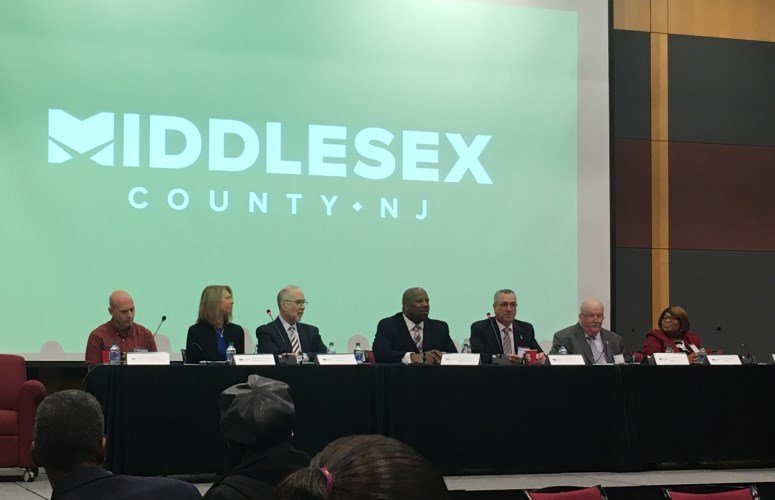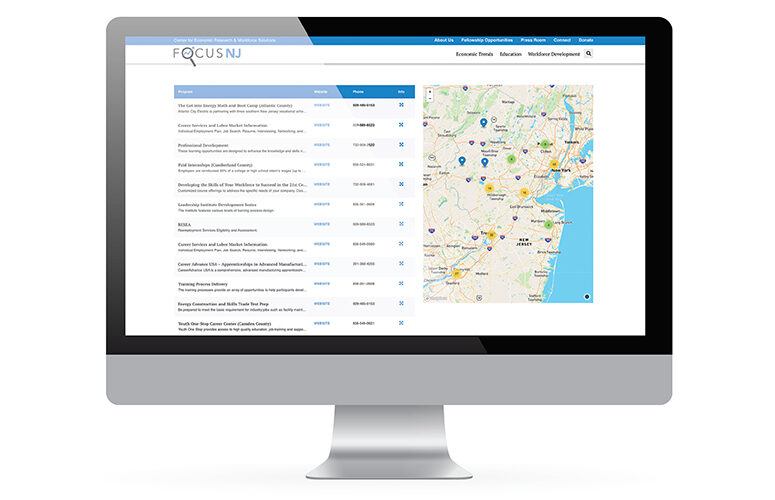
Checking In on Pandemic-Era Trends
Focus NJ
By Kyle Sullender, Executive Director of Focus NJ On Dec 29, 2023The COVID-19 pandemic and related economic restrictions created a series of unique economic conditions: rapid fluctuations in unemployment and GDP, sky-high inflation rates, the acceleration of remote and hybrid work, and increased power among workers seeking a job change, to name a few.
Even as we approach the fourth anniversary of the emergence of the pandemic, workers and businesses are still navigating the effects of these changes to varying degrees.
Unemployment: This topic is covered frequently in Focus NJ’s space in this magazine, but bears repeating.
Unemployment in the pandemic era reached record levels of nearly 15% and did not return to pre-pandemic rates until 2022. Even as the unemployment rate declined, New Jersey’s rate remained above the national average.
As of October 2023, New Jersey’s unemployment rate of 4.6% was the fourth highest in the country. The rate has been slowly increasing throughout the second half of 2023.
Great Resignation: As unemployment levels fell to record lows in 2021 and 2022, many workers used their newfound power to switch jobs and seek new positions. “The Great Resignation,” as many called it at the time, quickened in 2022 as New Jersey saw record levels of workers quitting their positions.
Revised estimates from the Bureau of Labor Statistics (BLS) show approximately 113,000 New Jersey workers quit their positions in August 2022 – the highest level on record for the state.
In 2023, the number of workers voluntarily leaving their position has dropped dramatically even as hiring has remained at similar levels. The average number of workers quitting their position each month in 2023 was 81,000 through September, down from an average of more than 96,000 in 2022.
Remote Work: Fully understanding the impact and longevity of teleworking arrangements remains critical to states and localities as they navigate uncertain economic conditions and downtown recovery. Large scale losses of onsite workers have implications for commercial real estate, tax collections, and consumer behavior, especially surrounding small businesses.
Nationally, the remote work revolution has certainly receded from its pandemic-era peaks, but many seem to have had their teleworking arrangements endure. In October 2023, roughly 20% of Americans teleworked at least some of their work hours, according to BLS’ Current Population Survey. That figure was virtually unchanged from the year prior.
To access more business news, visit NJB News Now.
Related Articles:





